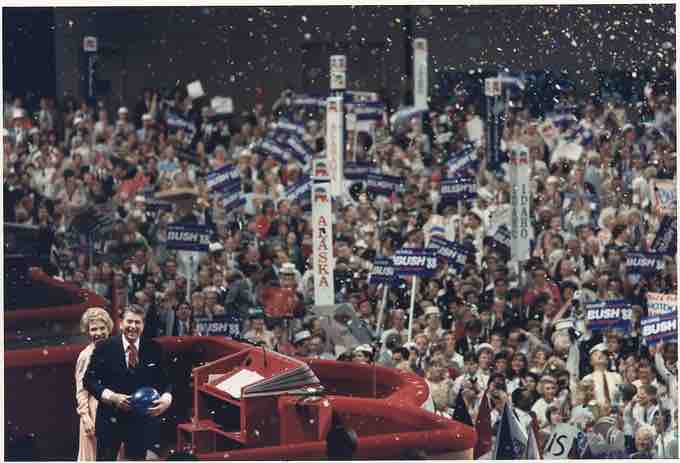The two major Democratic and Republican Parties in the United States have historically been ideologically ambiguous in order to accommodate citizens representing a broad spectrum of interests. Instead of adopting polarizing ideological views, the Democratic and Republican Parties stand for the core American values of liberty, democracy, and equal opportunity that appeal to many Americans.
However, some broad differences still exist between the Democratic and Republican Parties. The Democratic Party is most associated with a liberal attitude toward politics that emphasizes a more active government role in regulating the economy, ensuring equality, and providing a social safety net. Meanwhile, the Republican Party tends to favor a more conservative view advocating a free market economic system and limited government intervention in the lives of citizens. Some have even contended that American parties have become more ideologically distinct in the last three decades as party leaders begin to express polarized opinions on national issues.
Even with evidence of increasing polarization between political parties, they still encompass a wide range of constituents with varying viewpoints. Parties unite these disparate viewpoints by developing party platforms that outline party positions on issues and the actions leaders will take to implement them if elected. These platforms frequently adopt middle-of-the-road positions to encompass the interests of a diverse range of supporters. Most of the language used in party platforms is generic to appeal to a wide audience while other sections are narrowly written to appeal to certain factions or interest groups in the party.

Republican National Convention
Platforms created during presidential nominating conventions unite diverse factions within a party by adopting middle-of-the-road positions on issues and addressing special interest groups in some sections.
Platforms are created during presidential nominating conventions where delegates have an opportunity to vote on salient issues. These votes present a majority view on how issues should be handled and how they can be used by the presidential candidate to unite divergent viewpoints under one popular view.